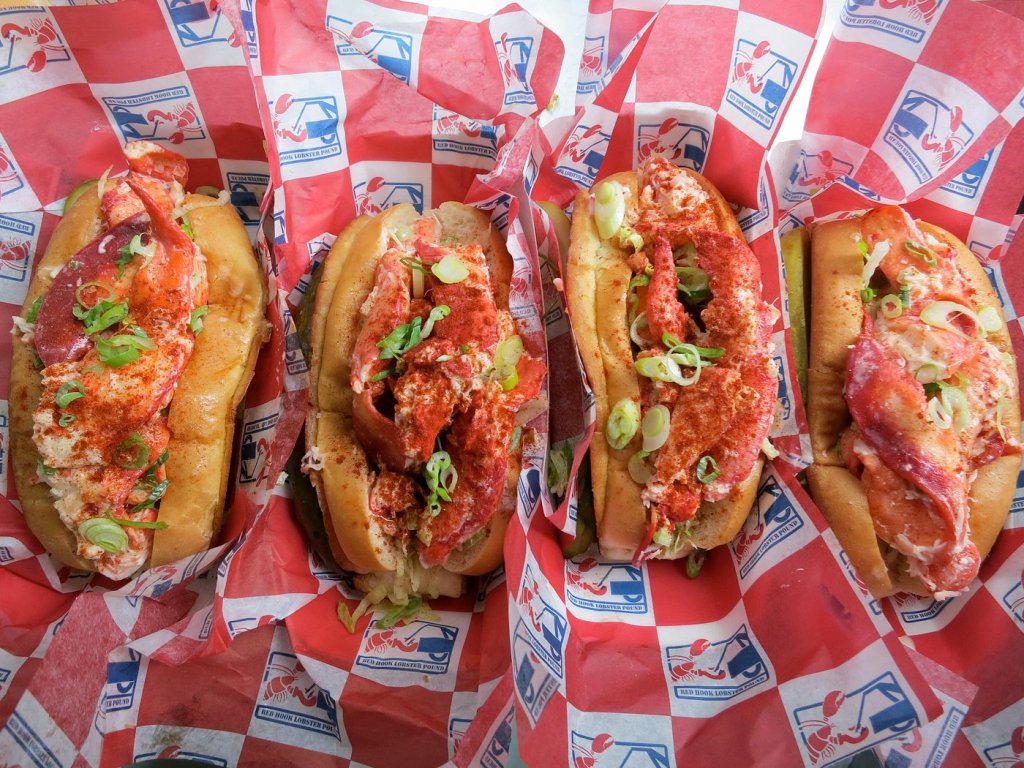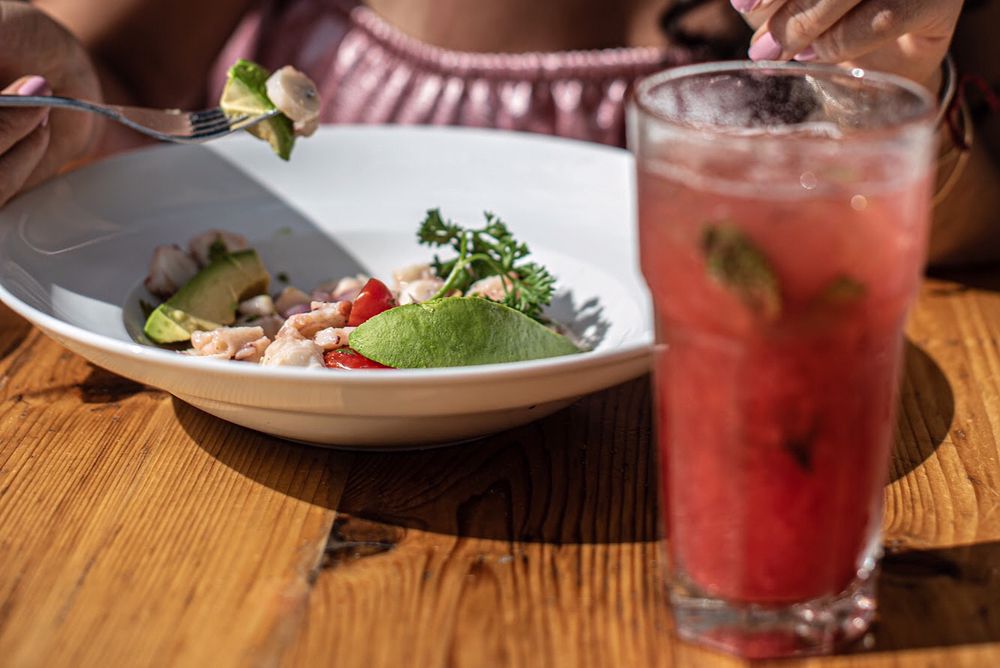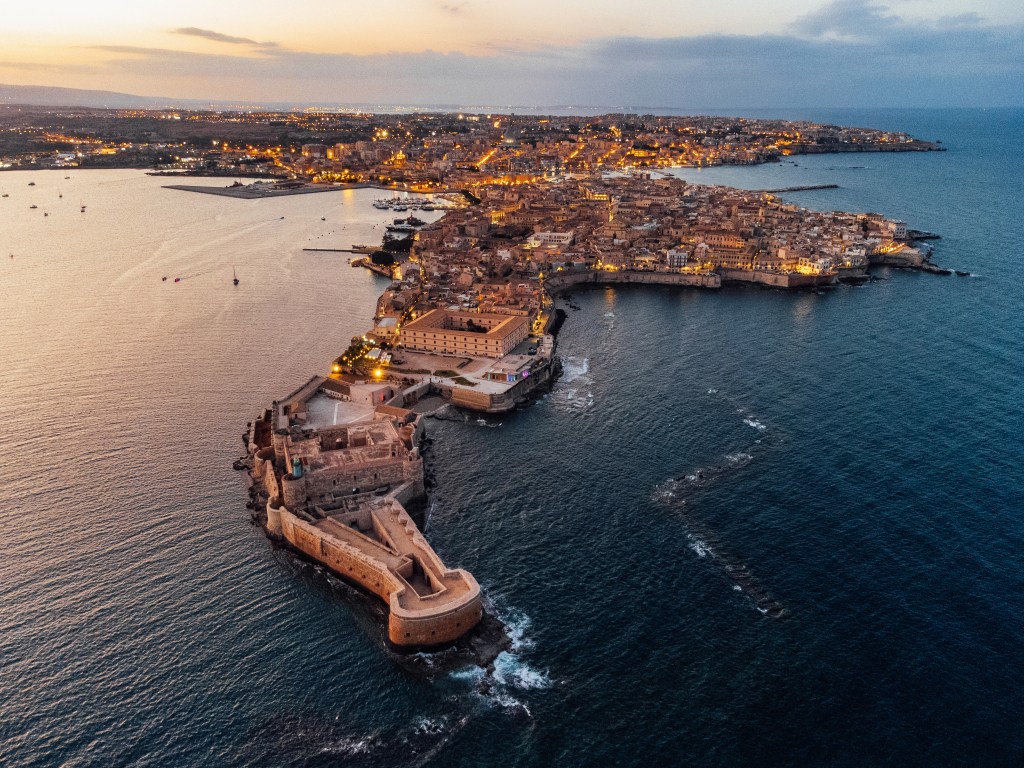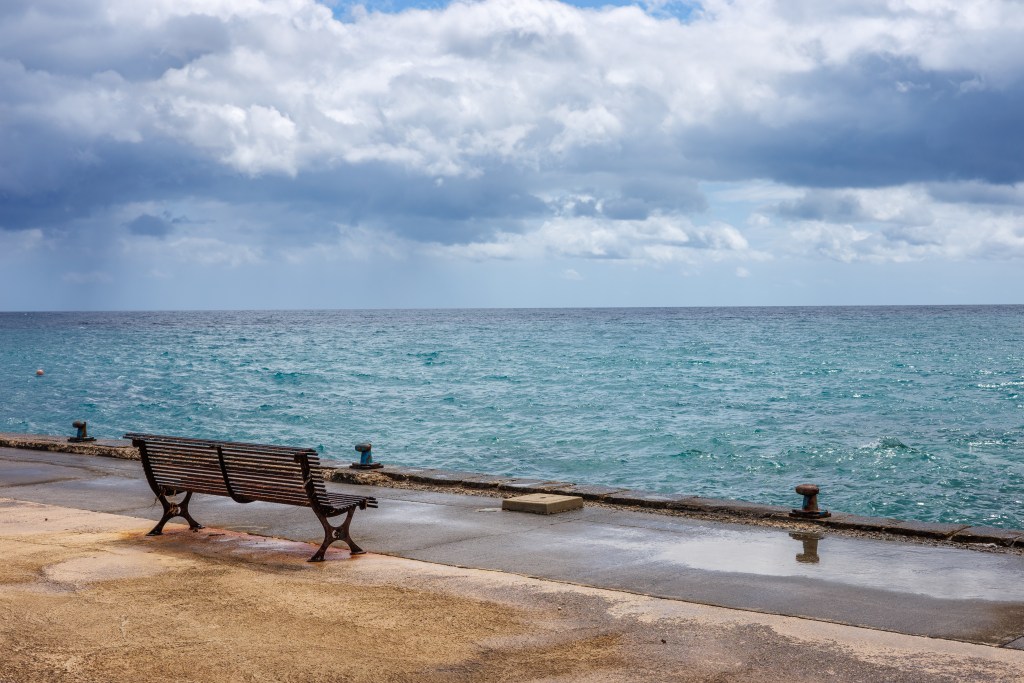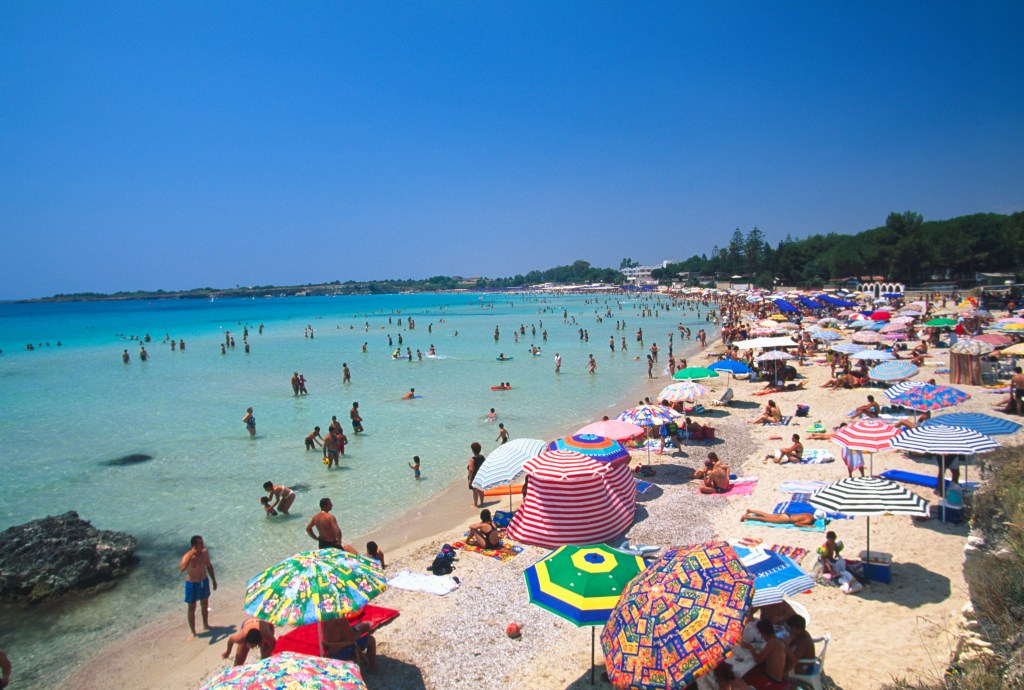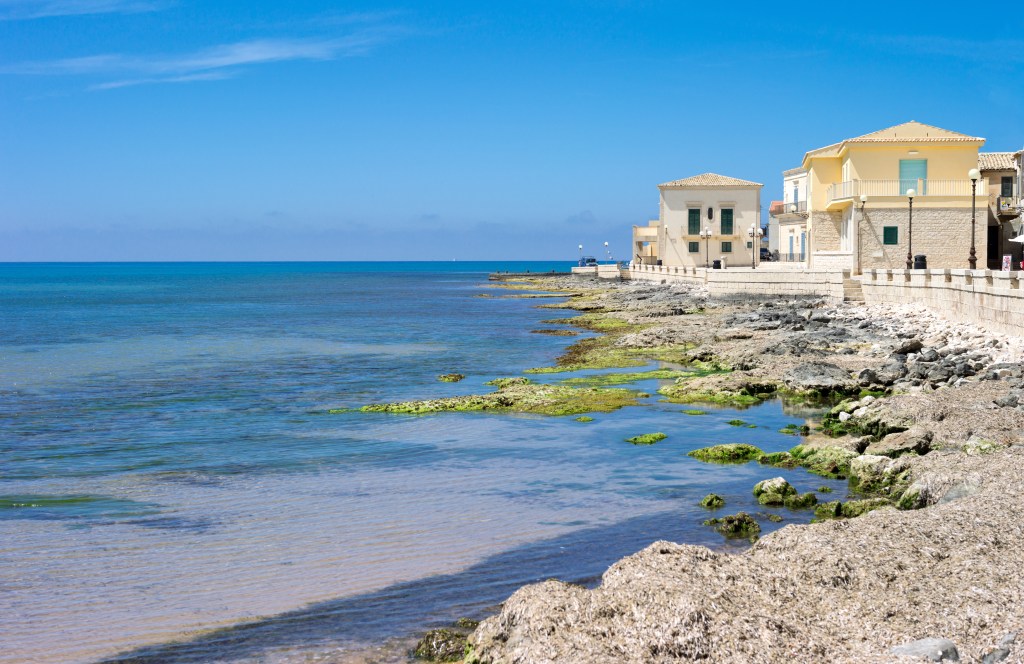Culture shock comes in waves.
During my college studies, we learned about the ebbs and flows of culture shock. What starts with wide-eyed romanticism (called the honeymoon period) usually leads to a stretch of hardcore letdown, followed by a more neutral type of acceptance.
In short: we love it, then we hate it, and then we adapt.
At least, if we hang in there.
Tales of culture shock abound. Usually, they become an important part of our travel stories, and have a lasting impact on how we see the world. A more sensational version of culture shock many Americans go through is using their first squat toilet… but it’s far from the grandest example out there.
In fact, some forms of culture shock are so heralding that they get their own name. Welcome to the wild world of Paris Syndrome, a form of culture shock that’s specific to Japanese (and, more often, Chinese) tourists who visit the City of Love.
The experience of Paris Syndrome is so strong that some Japanese visitors have actually returned home, unable to finish their trip due to physical symptoms.
Why, you might ask?
There’s no nice way to put this, but Paris is kind of a dump… especially when compared to the overly romanticized versions of the city popularized in East Asia.
History of Paris Syndrome
Let me get this out of the way immediately: No, the Japanese embassy doesn’t run a 24-hour hotline for tourists who are experiencing malaise. (It’s a great story, but it’s false.)
In reality, around 50 tourists every year end up in Parisian hospitals due to pathological problems that are brought on by high levels of stress due to culture shock (more on this below). Three to five of these upset tourists come from Japan.
The concept of the Paris Syndrome first took the city by storm in the 1980s. Reports and stories started popping up, detailing the difficulties experienced by Japanese tourists.
In 1991, a Japanese psychiatrist working in Paris’s Sainte-Anne Hospital Center coined the term ‘Paris Syndrome’. Japanese psychiatrists continued their work, running clinical reports on the new concept of culture shock into the late 90s. By the early 2000s, Parisian authorities were also taking a closer look.
Today, much of the research on Paris Syndrome comes from Dr. Youcef Mahmoudia, a psychiatrist who works at Hotel-Dieu in Paris. (If you want to dig into his work, you can hurt your eyes here.) Mahmoudia has worked with Japanese tourists and other nationals in the hospital, delving deeper into what exactly drives some visitors to the brink.
So, what exactly is Paris Syndrome?
Is Paris Syndrome a real thing?
At its most basic, Paris Syndrome is an extreme form of disappointment in the city.
Japanese tourists, in particular, are prone to intense psychological symptoms brought on by their disappointment in Paris. That includes delusions, feelings of persecution, derealization, anxiety, and even physical symptoms like dizziness, sweating, and even vomiting.
But… why? Is Paris really that bad?
It’s not so much about the city itself, but a person’s expectations of what they’ll find. If you imagine the city to be all Champs Elysees, the Eiffel Tower, and gorgeous sunsets on the Seine, then you’re in for a rude awakening.
Unfortunately, Paris is depicted as a highly romantic city full of historical landmarks, beautiful people in designer clothing, and cozy little eateries.
In reality, Paris is overpopulated, struggling to deal with rats and bedbugs, and isn’t friendly toward visitors. And when I say ‘isn’t friendly’, I’m being polite; some Parisians are known for being outright hostile to tourists.
That’s a big deal for anyone who has wandered far from home—but it’s devastating for Japanese tourists for a few reasons.
First, because they’ve come a long way and jet lag exhausts the body, making it harder to manage those obstacles. Second, the language barrier is very intense, creating more anxiety and isolation.
Intense cultural differences like individualism are also at play. Japanese culture prioritizes the group—meaning managing those negative moments can be even harder without their community there to support them.
